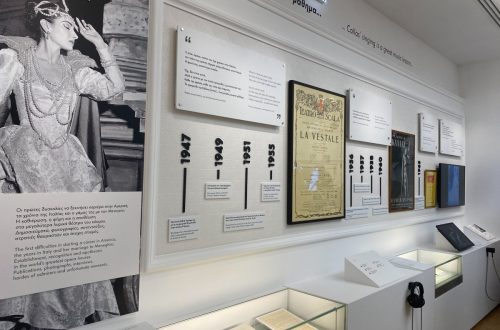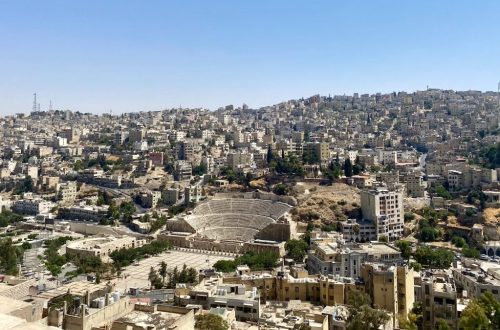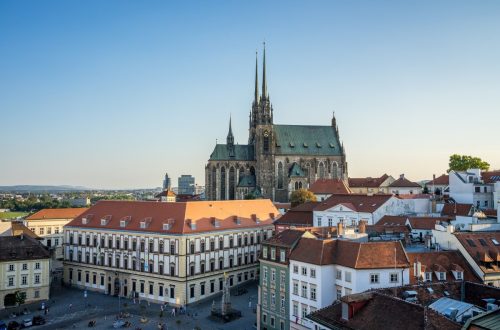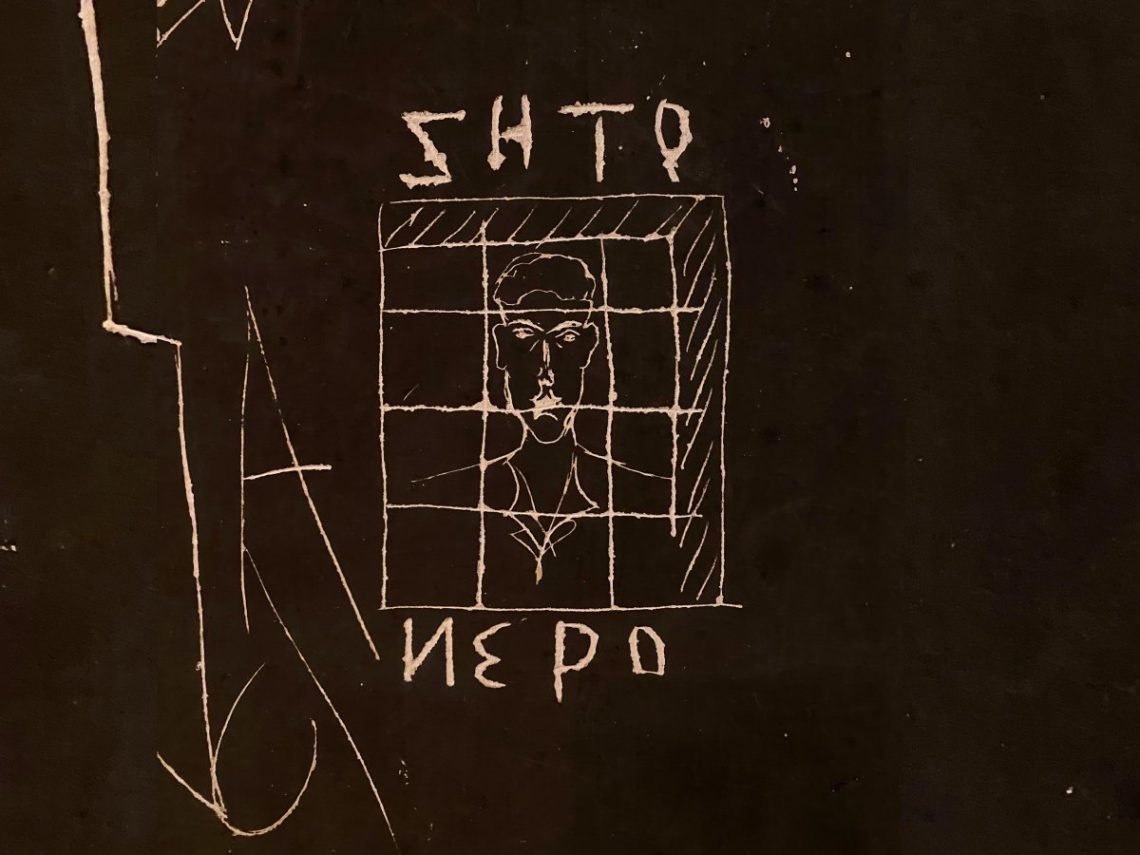
Athens Dark Tourism Spot: Exploring A Nazi Torture Site
How well do we know our hometown? Living in Athens all my life, I thought I knew most tourist posts. I was shocked when I found that an Athens dark tourism spot was in the city’s center. A place Nazis used to imprison and torture people during the German occupation. I am speaking about the “1941-1944 Memorial Site”, the place of the former Kommandatur.
Travel Insurance for Greece
One of the first things that has to come to your mind when planning a trip is insurance.
Safetywing’s Nomad Insurance is one of the best options available out there. With a maximum coverage of 365 days, they are a great option whether you are a Nomad or not! They offer very low rates, but excellent coverage and immediate support (in a few minutes!). The best part? Nomad Insurance can be purchased even if you have left your home country already.
Lastly, they also cover extreme sports, something that can come in very handy if you are an adventurous soul.
A (Not So) Little Bit Of History Of An Athens Dark Tourism Spot
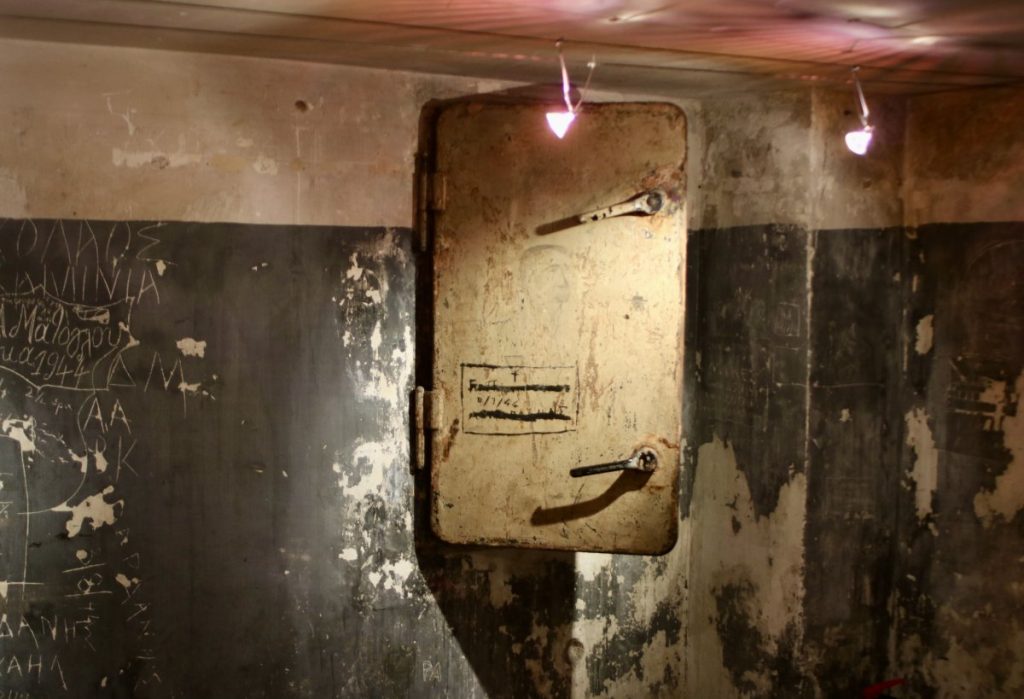
Pre WWII
The thing is, in the beginning, this place was never meant to become an Athens dark tourism spot. In August 1894, the newly-founded “I ETHNIKI” General Insurance Company purchased the 4 Korai Street mansion to house its head offices there.
Forty years later, the company’s Board announced a resolution to reconstruct the building. Part of its new uses would be as an anti-aircraft shelter in case of a new war.
WWII
During World War II, Greece was occupied by Axis powers. As part of their military administration, the occupying forces established Kommandanturen, the headquarters for the military administration and the local branch of the occupying power.
In Athens, the central Komandatur was housed in the basement of the 4 Korai Street building and was responsible for maintaining control, enforcing orders, and overseeing various aspects of governance in the occupied territories. They typically housed military personnel, administrative staff, and officials of the occupying forces.

The building basements were used as detention centers. Men and women were kept inside before being transferred to other prisons. They were often being held for days without food or water. Because of the thick walls and the metal doors, the basements were soundproof. That’s why even though the building was right in the city center, nothing could be heard outside.
Prisoners would carve stories on the walls, like their names, why they were detained, or how they were treated inside the building basements. German soldiers occasionally painted the walls to erase the cravings, but again the prisoners would write their stories so people would know the truth when they found them.
Post WWII
On 12/10/1944, the German occupying troops left Athens. While the National Insurance Company was preparing to settle in its building on 31 October of the same year, the Mansion was requisitioned by the EAM and afterward by the Greek Government. A few years later, the company regained control of the building.
In the following years, Ethniki Insurance commenced works to preserve the Mansion and repair the damages caused by the consecutive requisitions. The detention centers underwent restoration and conservation work to better show off the detainees’ graffiti and messages on the metal doors, walls, and windows.
Texts, names, dates, drawings, etc., were preserved, and the two basements were opened to the public. It can now be considered an Athens dark tourism spot.
Visiting Hours

Entry to “Memorial Site 1941-1944” is open to the public every Tuesday-Saturday (09:00-14:00) free of charge. It is also open on the 28th of October National Day. The building is located at 4 Korai Street, in Klafthmonos Square. The metro station “Panepistimio” is located in the square.
An Honest Opinion
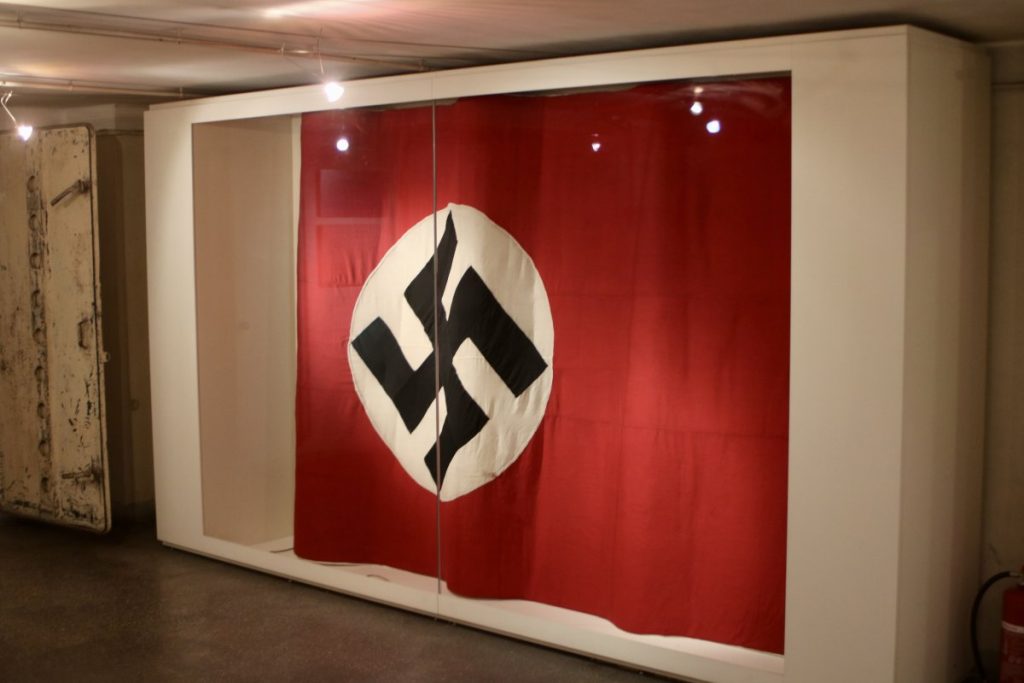
This Athens dark tourism site consists of two basements and six chambers. While entering the first basement, you are greeted by a big Nazi flag hanging on the wall. It was once placed on top of the building. The same space also displays artifacts such as cigarette packs found there after the war had ended.
In the first basement, you can’t see many things proving the use of that space. It is only in chamber IV that you can see rust traces on the floor, proving that there used to exist six small cages where people were kept captive.
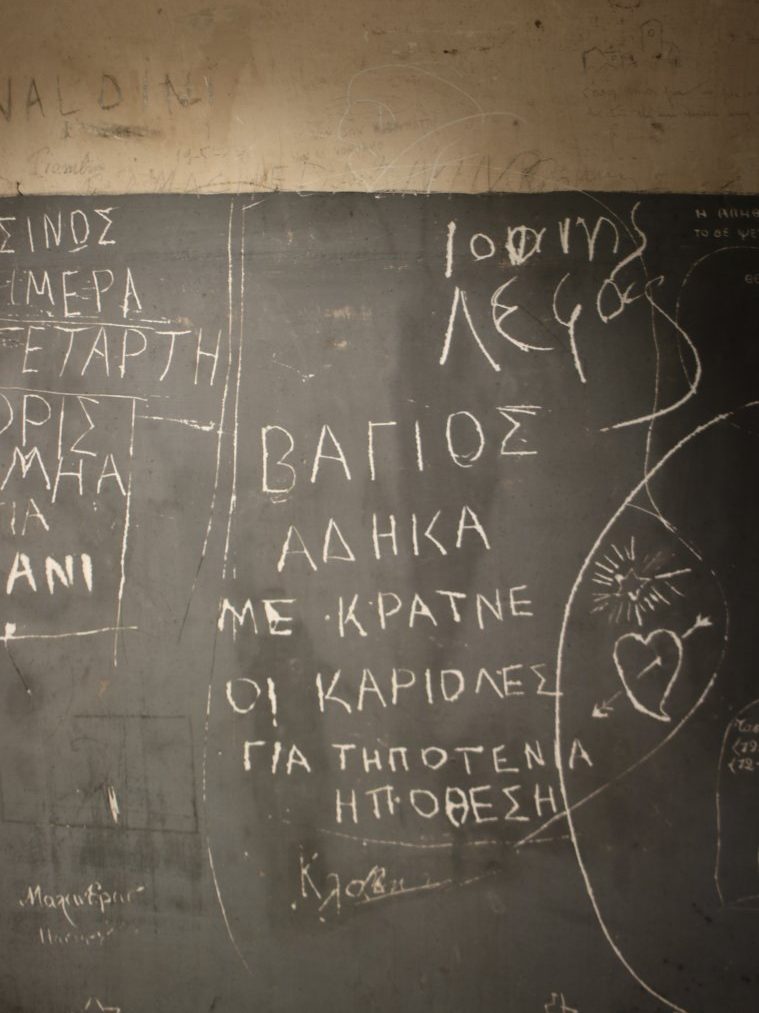
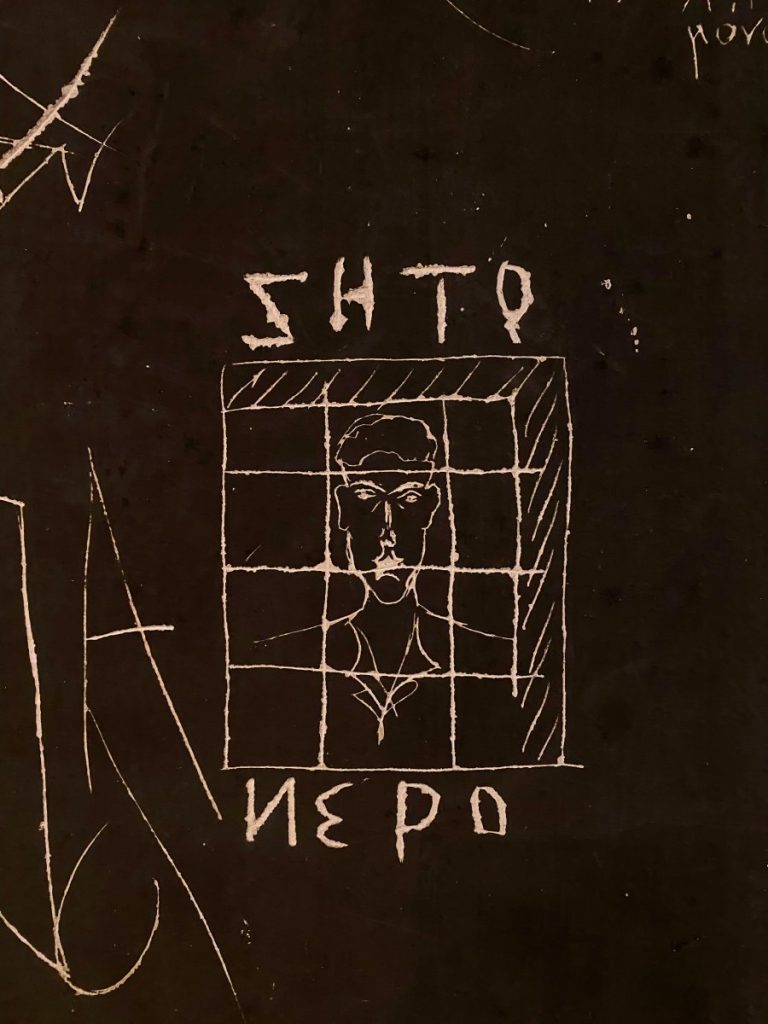
When you reach the second basement, feelings start to arise. You can see Greek, Italian, or German writings on the walls. I could spend hours and hours just reading those texts.
Every name, every word is part of another story. Stories of innocent people held captive in inhumane conditions, without food or water. It is then that you realize that in the same space, you are standing on, people suffered and were tortured, which is terrifying.
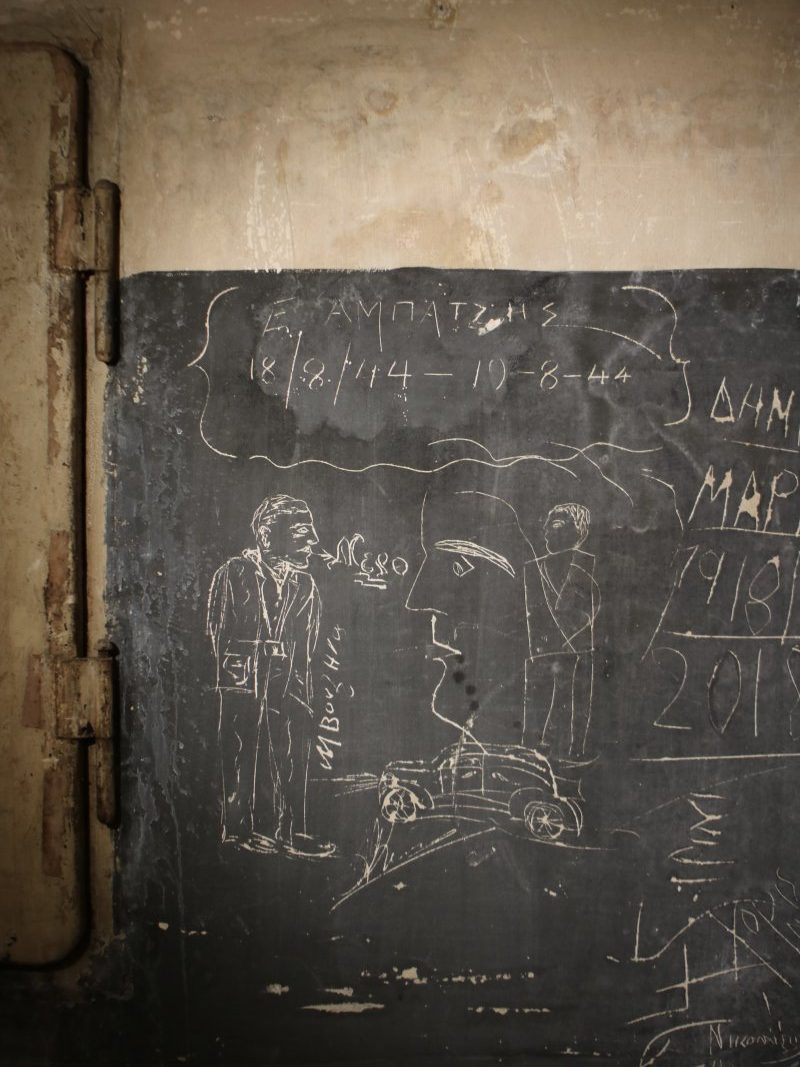
Every time I went to the memorial site, I found new stories that I hadn’t seen the previous time. It is an Athens dark tourism experience like not many in Athens, and I would recommend it to anyone visiting the city.


